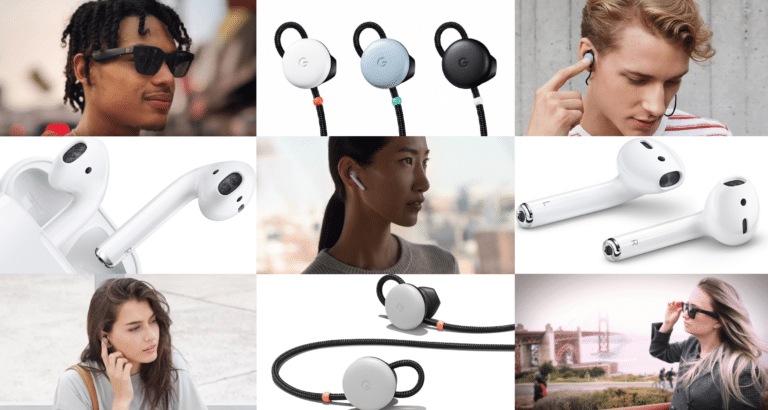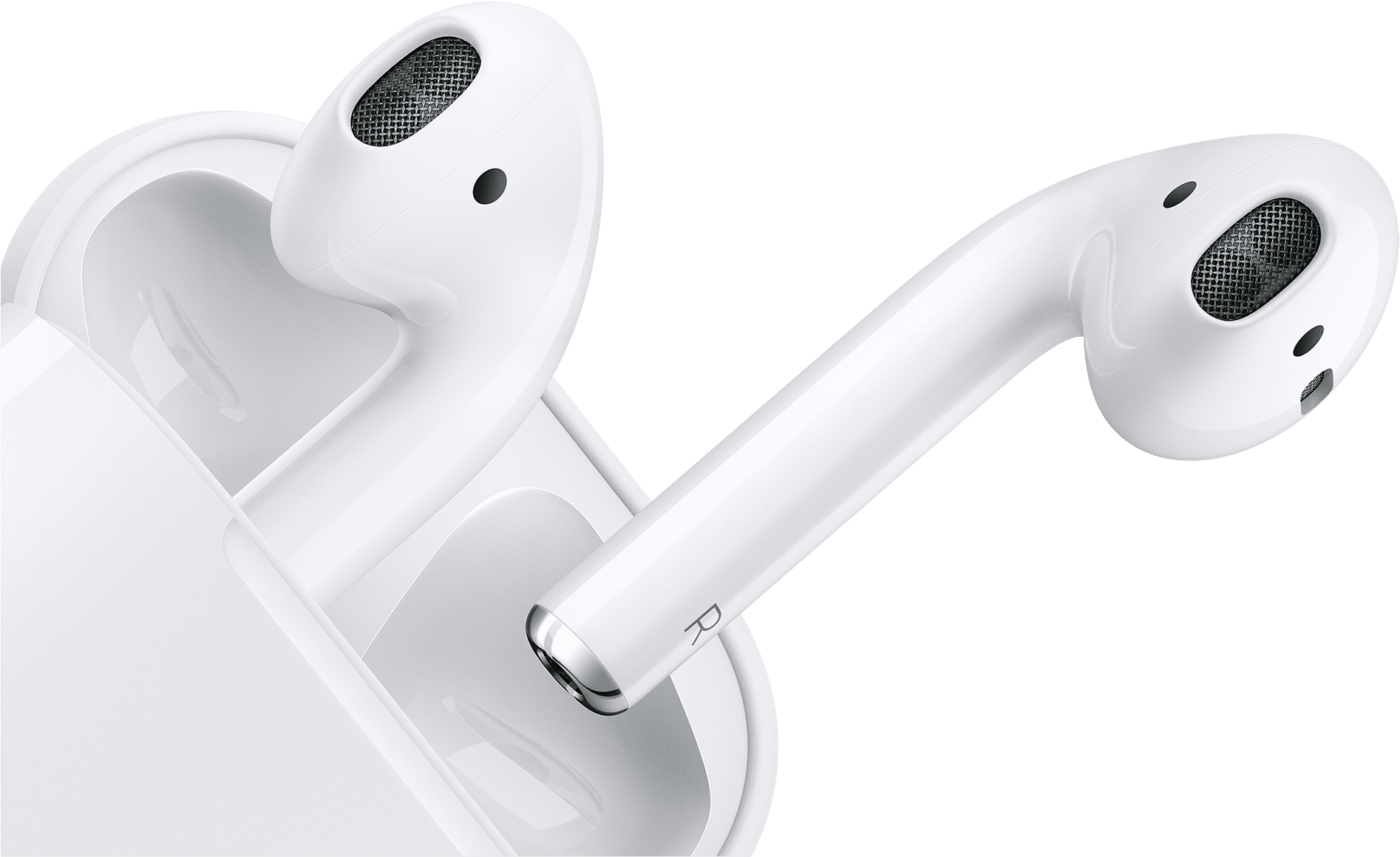
This post is adapted from ARtillery Intelligence’s latest report, Hearables: Broadening the Definition of AR. It includes some of its data and takeaways. More can be previewed here and subscribe for the full report.
Augmented Reality’s definition continues to evolve. Though considered by most to be graphics that overlay the physical world, there’s growing sentiment that AR’s definition is too narrow. As the technology grows into its own skin, it’s expanding into alternate forms of “augmentation.”
Chief among them is the emerging area that ARtillery Intelligence calls “audio AR.” It involves AR’s signature overlays… but audible rather than graphical. It can inform users and augment their experiences through audio cues, which are advantaged by subtlety and reduced hardware friction.
In fact, the foundation for this opportunity happens through already-pervasive “hearables” such as Apple AirPods. The popular device sold 25 million units in 2018, which ARtillery Intelligence projects to grow to just over 100 million by 2023. This is the first step to an audio AR future.
The second step is content and apps that developers build on that hardware base. Apple is motivated toward audio AR as one component – along with Watch and glasses – of a wearables suite that ARtillery Intelligence believes will be central to the succession plan a maturing iPhone.

Meanwhile, the BoseAR platform already provides developers a place to build audio AR apps and experiences. This should accelerate audio AR as developers are incentivized by distribution scale from Bose’ hardware base. It’s on pace for one million audio-AR enabled devices by year-end.
Developers are already jumping on this opportunity with audio AR apps that feature guided audio tours, espionage games or fitness management. Going beyond just audio cues, these apps tap into the IMU sensor bundle in BoseAR hardware to sense precise head movement as inputs.
AR’s expansion into new modalities and definitions doesn’t end with audible content. Other key signals and inputs are developing, such as location. In fact, one of the most popular forms of AR to date utilizes device location as a key input to inform and influence user experience: Pokemon Go.
Niantic AR lead Ross Finman likes to say “the real world is the content.” Rather than taking a secondary role to graphical overlays, the real world should be a primary component in AR experiences, similar to how location is a key input that dynamically alters Pokémon Go play.

Even if it the game isn’t true augmented reality on a pixel level, as many AR purists have argued, it is AR on an experiential level. For example, gameplay is dynamically altered to encounter grass Pokémon around parks, and water Pokémon around beaches. The experience is augmented.
The lesson is that for AR to grow and have wider appeal, it may require broadened definitions. Just like Pokémon Go’s more general cohesion of the digital and physical, there are AR-adjacent technologies and developing flavors of non-graphical “augmentation,” most notably audio content.
In practical terms, broadening AR’s definition means broadening its use cases. And that in turn means broadening its business cases. This means potentially more revenue for the early and unproven AR sector that’s still in the process of defining itself. Why limit its potential?
In what other ways is AR expanding into new modalities and definitions? AR Insider’s research arm ARtillery Intelligence tackles that question in its latest report. including examples, case studies, exclusive interviews, and original data. We’ll circle back to preview more key takeaways.
See more details about this report or continue reading here.
For deeper XR data and intelligence, join ARtillery PRO and subscribe to the free AR Insider Weekly newsletter.
Disclosure: AR Insider has no financial stake in the companies mentioned in this post, nor received payment for its production. Disclosure and ethics policy can be seen here.
